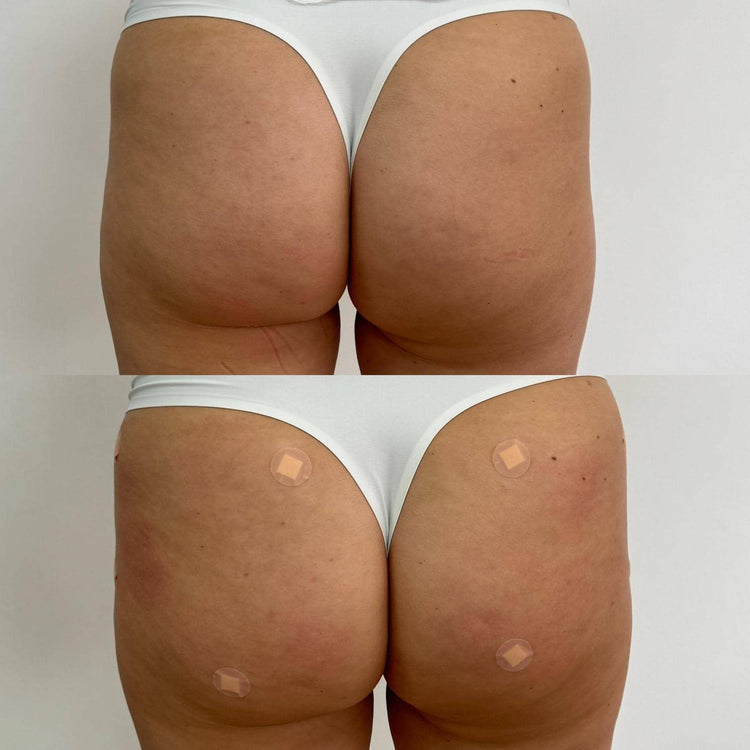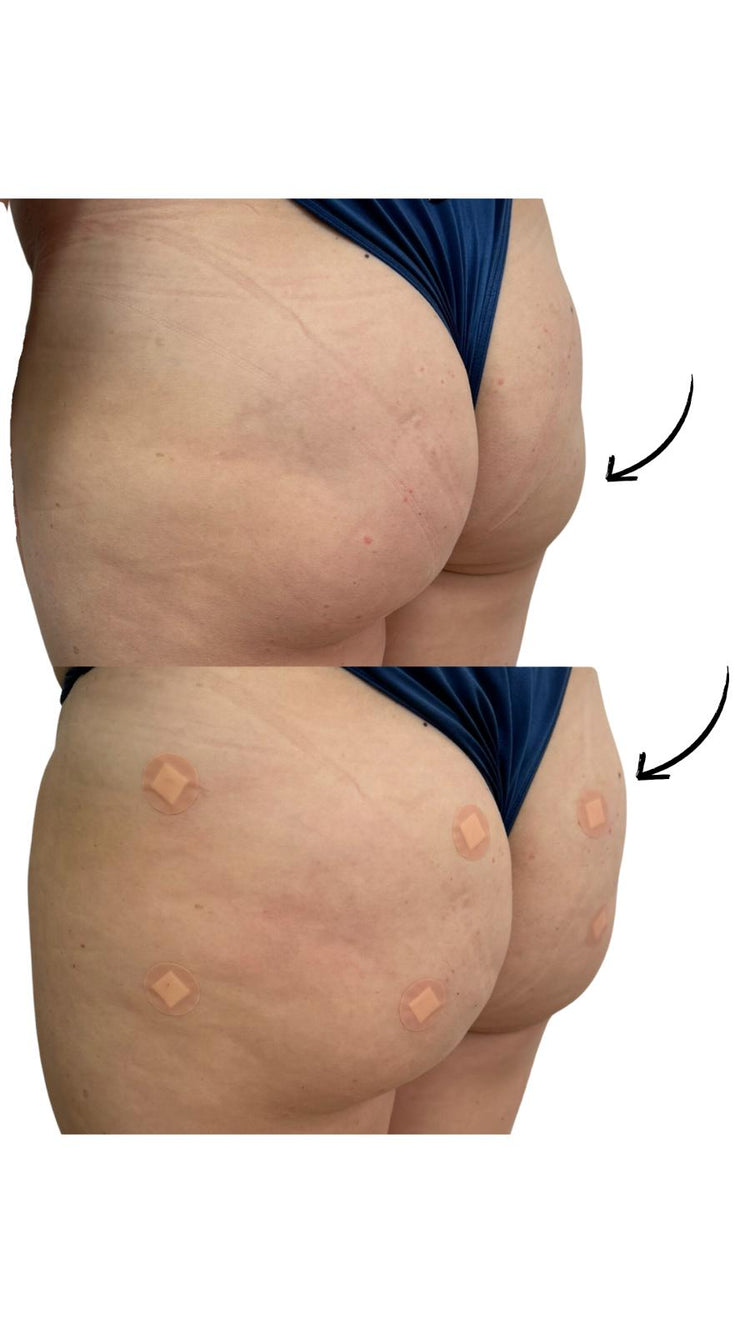Types of Skin Injectables
Skin injectables have become increasingly popular as a way to enhance facial appearance and address signs of aging. These substances, typically administered via small injections into various layers of the skin, can achieve a variety of cosmetic goals.
Hyaluronic Acid Fillers
One common type of skin injectable is hyaluronic acid fillers. Hyaluronic acid is a naturally occurring substance in the body that helps to hydrate and plump the skin. When injected, these fillers increase volume in areas like the cheeks, lips, and under-eyes, smoothing out wrinkles and restoring a youthful contour.
Hyaluronic acid fillers are temporary, typically lasting anywhere from six months to two years depending on the specific product and individual factors. They work by attracting and holding water molecules, effectively plumping up the skin and reducing the appearance of fine lines and wrinkles.
Botox and Neurotoxins
Another popular category of skin injectables is Botox and other neurotoxins.
- Neurotoxins like Botox work by temporarily paralyzing the muscles that cause wrinkles.
- When injected into these muscles, they block nerve signals, preventing muscle contractions.
- This results in a smoothing effect on dynamic wrinkles, those that form due to repeated facial expressions.
Other Injectable Treatments
Botox and other neurotoxins are effective for addressing dynamic wrinkles, which appear due to repetitive facial movements like frowning or squinting. These substances work by temporarily blocking nerve signals that stimulate muscle contractions.
Other injectable treatments include dermal fillers made from materials like poly-L-lactic acid (PLLA) and calcium hydroxylapatite (CaHA). These fillers stimulate collagen production, providing a long-lasting volumizing effect for areas like cheeks, lips, and hands.
Microneedling with platelet-rich plasma (PRP) is another injectable treatment. PRP, derived from the patient’s own blood, is rich in growth factors that promote skin regeneration and collagen synthesis. When injected into the skin, it can improve skin tone, texture, and reduce the appearance of fine lines.

How Skin Injectables Work
Skin injectables offer a non-surgical approach to enhancing facial aesthetics and addressing signs of aging. These substances, delivered through precise injections into different layers of the skin, work by various mechanisms to achieve desired results.
Hyaluronic Acid Fillers: Plumping and Volumizing
Skin injectables are becoming increasingly popular as a way to enhance appearance and address signs of aging.
Hyaluronic acid fillers increase volume in areas like cheeks, lips, and under-eyes. They attract water molecules, plumping up the skin and reducing wrinkles.
These fillers are temporary, typically lasting six months to two years.
Botox and other neurotoxins temporarily paralyze muscles that cause wrinkles by blocking nerve signals. This smooths dynamic wrinkles, those formed by repeated facial expressions.
Other injectable treatments include dermal fillers made from poly-L-lactic acid (PLLA) and calcium hydroxylapatite (CaHA). These stimulate collagen production for long-lasting volumization of areas like cheeks, lips, and hands.
Microneedling with platelet-rich plasma (PRP), derived from the patient’s own blood, is another injectable treatment. PRP promotes skin regeneration and collagen synthesis, improving skin tone, texture, and reducing fine lines.
Botox and Neurotoxins: Relaxing Muscles
Skin injectables have become increasingly popular as a way to enhance facial appearance and address signs of aging. These substances, typically administered via small injections into various layers of the skin, can achieve a variety of cosmetic goals.
One common type of skin injectable is hyaluronic acid fillers. Hyaluronic acid is a naturally occurring substance in the body that helps to hydrate and plump the skin. When injected, these fillers increase volume in areas like the cheeks, lips, and under-eyes, smoothing out wrinkles and restoring a youthful contour.
Hyaluronic acid fillers are temporary, typically lasting anywhere from six months to two years depending on the specific product and individual factors. They work by attracting and holding water molecules, effectively plumping up the skin and reducing the appearance of fine lines and wrinkles.
Another popular category of skin injectables is Botox and other neurotoxins.
Neurotoxins like Botox work by temporarily paralyzing the muscles that cause wrinkles. When injected into these muscles, they block nerve signals, preventing muscle contractions. This results in a smoothing effect on dynamic wrinkles, those that form due to repeated facial expressions.
Botox and other neurotoxins are effective for addressing dynamic wrinkles, which appear due to repetitive facial movements like frowning or squinting. These substances work by temporarily blocking nerve signals that stimulate muscle contractions.
Other Injectable Treatments: Stimulating Collagen Production or Targeting Specific Concerns
Skin injectables have become increasingly popular as a way to enhance facial appearance and address signs of aging. These substances, typically administered via small injections into various layers of the skin, can achieve a variety of cosmetic goals.
One common type of skin injectable is hyaluronic acid fillers. Hyaluronic acid is a naturally occurring substance in the body that helps to hydrate and plump the skin. When injected, these fillers increase volume in areas like the cheeks, lips, and under-eyes, smoothing out wrinkles and restoring a youthful contour. Hyaluronic acid fillers are temporary, typically lasting anywhere from six months to two years depending on the specific product and individual factors. They work by attracting and holding water molecules, effectively plumping up the skin and reducing the appearance of fine lines and wrinkles.

Another popular category of skin injectables is Botox and other neurotoxins. Neurotoxins like Botox work by temporarily paralyzing the muscles that cause wrinkles. When injected into these muscles, they block nerve signals, preventing muscle contractions. This results in a smoothing effect on dynamic wrinkles, those that form due to repeated facial expressions. Botox and other neurotoxins are effective for addressing dynamic wrinkles, which appear due to repetitive facial movements like frowning or squinting. These substances work by temporarily blocking nerve signals that stimulate muscle contractions.
Other injectable treatments include dermal fillers made from materials like poly-L-lactic acid (PLLA) and calcium hydroxylapatite (CaHA). These fillers stimulate collagen production, providing a long-lasting volumizing effect for areas like cheeks, lips, and hands. Microneedling with platelet-rich plasma (PRP) is another injectable treatment. PRP, derived from the patient’s own blood, is rich in growth factors that promote skin regeneration and collagen synthesis. When injected into the skin, it can improve skin tone, texture, and reduce the appearance of fine lines.
- Why Can’t I Drink Alcohol After Lip Filler - November 16, 2025
- What Is The Average Labiomental Fold? - November 13, 2025
- What Age Should You Get Tear Trough Filler? - November 12, 2025
